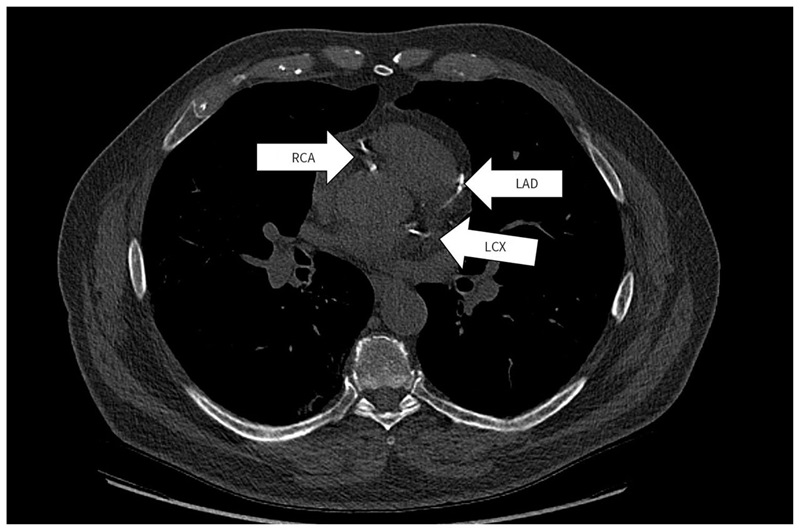Lung Scans Detect Heart Disease in Patients Without Cardiac Symptoms
Posted on 03 Dec 2024
Low-dose chest computed tomography (CT) is a standard method used for lung cancer screening. Now, new research has shown that these CT scans can also detect coronary artery calcium, a significant risk factor for coronary artery disease (CAD), in patients who do not show any symptoms of heart disease.
A study conducted by researchers at the University of Ottawa Heart Institute (Ottawa, ON, Canada) analyzed data from 1,486 patients screened for lung cancer between March 2017 and November 2018 as part of the Ontario Health Lung Cancer Screening Pilot for High-Risk Individuals. The results, published in the Canadian Medical Association Journal, showed that coronary artery calcium was found in 83% (1,232) of the patients, with high levels present in 30% (439). The participants were predominantly male (52%), with an average age of 66, and 68% (1,017) were current smokers. Given that lung cancer is the leading cause of cancer-related deaths in Canada, low-dose CT screening has been widely implemented for individuals at high risk of developing the disease. This study found that CT scans could also easily detect coronary calcification, a known marker of coronary artery disease, which is the leading cause of heart-related death.

The success of this pilot program depends on how clinicians interpret and manage the detection of coronary artery calcium. However, the researchers caution that coincidental detection could lead to unnecessary investigations. They recommend further research on how best to manage patients with coincidentally discovered coronary artery calcium but emphasize that cardiovascular disease prevention should be an ongoing focus and could be integrated into lung cancer screening efforts to enhance overall health outcomes.
"Lung cancer screening, although primarily geared towards reducing deaths from lung cancer, also has an opportunity to help tackle the second most common cause of premature death in middle-aged adults, through the identification and risk stratification of coronary atherosclerosis," stated Dr. Gary Small, University of Ottawa Heart Institute.














